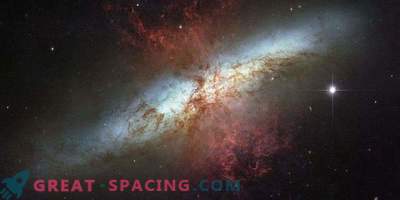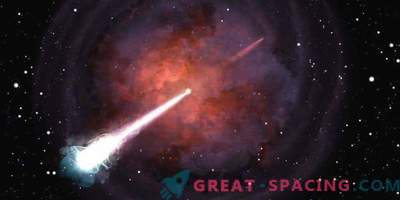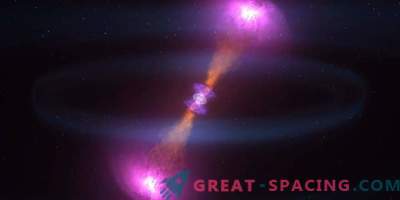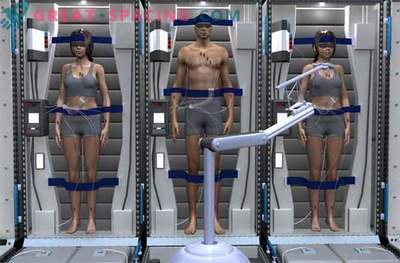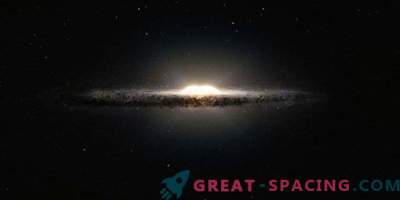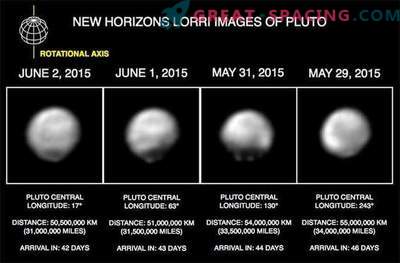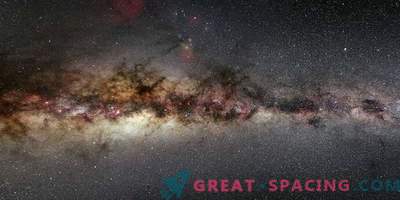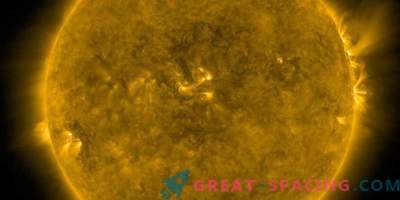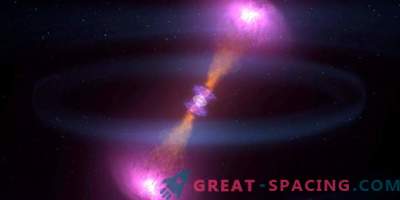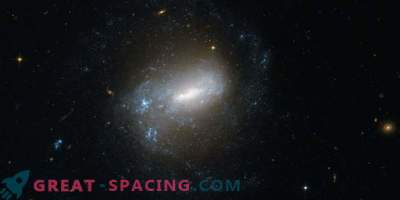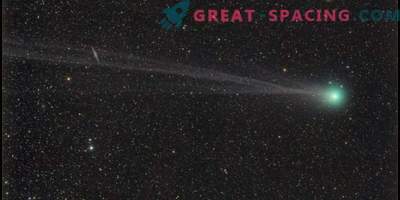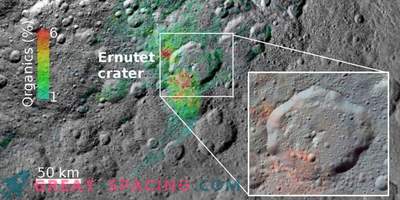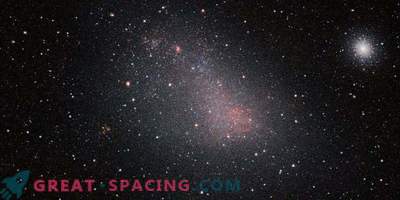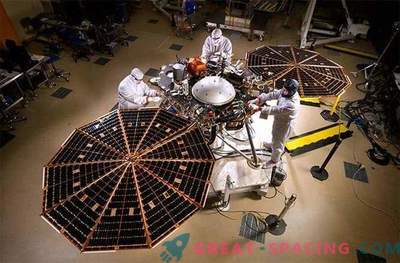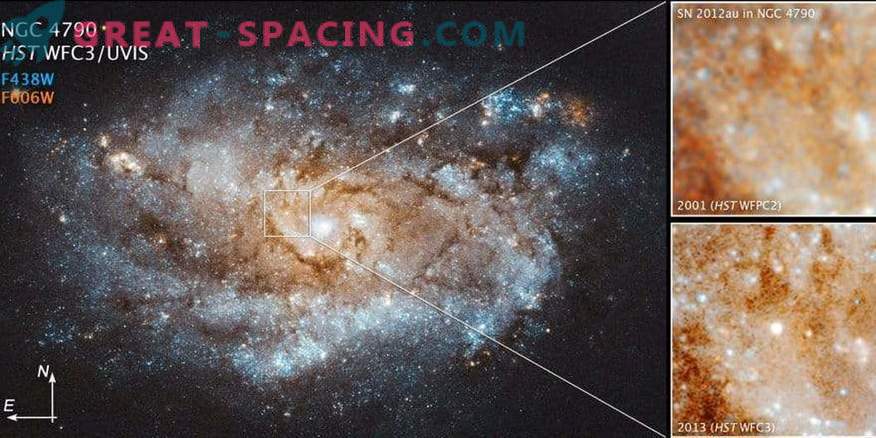
Most of the star explosions disappear, but the supernova SN 2012au continues to shine due to the new powerful pulsar
Stellar explosions, called supernovae, can be incredibly bright, thereby overshadowing the light of native galaxies. But months or years pass and the stars disappear. Although sometimes gaseous remnants of an explosive event wrapped in a hydrogen cocoon and become bright. But can they shine without outside intervention?
This was verified during a 6-year study of the SN 2012au supernova explosion. Previously it was not noticeable that the explosion in the late period of time remained visible without contact with hydrogen gas. But in this case there was no data on the spectral surge of hydrogen. What then activated the object?
As large stars explode, their inner parts collapse to the point where all particles become neutrons. If a formed neutron star has a magnetic field and rapid rotation, it can transform into a pulsar nebula. The findings suggest that this is exactly what happened with SN 2012au. Scientists knew that supernova explosions were capable of creating such types of neutron stars, but had not previously been able to observe this directly. This is a key point when the pulsar nebula is bright enough to function as a light bulb illuminating external emissions of an explosion.
It is also important to recall that SN 2012au and previously considered a strange object. He observed an increased brightness (superluminal supernova), as well as vigor and durability. Scientists will continue to monitor the activity of such objects. There is a possibility that in a few years it will be possible to see how an oxygen-rich gas accelerates from an explosion.
Superluminal supernovae are an interesting topic in transitional astronomy. These are potential sources of gravitational waves and black holes; therefore, they can communicate with other types of explosions, such as bursts of gamma-ray bursts and fast radio bursts. Researchers want to understand the fundamental physics behind them, but these are rare events, so it’s difficult to follow them. But such an opportunity will appear in the next generation of telescopes.

